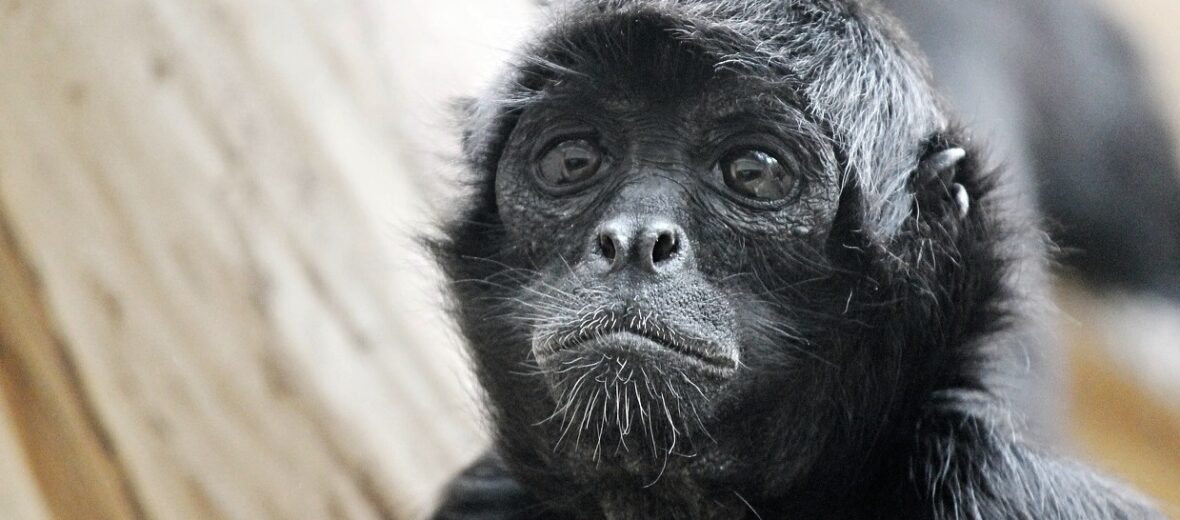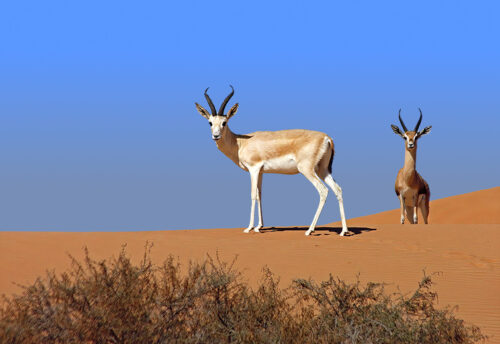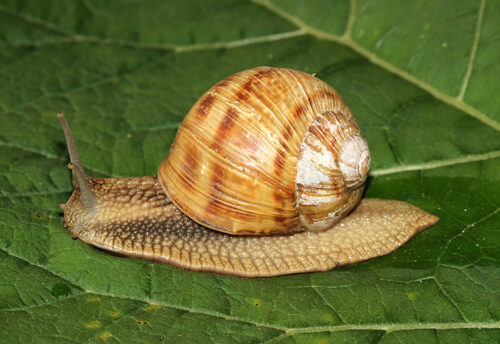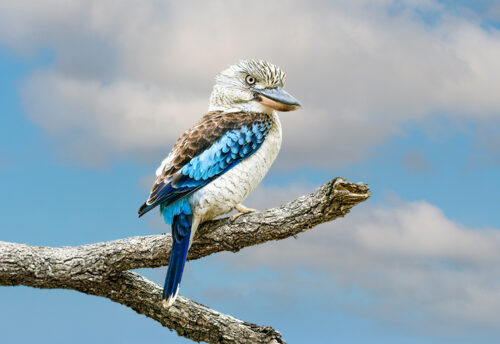
The spider monkey is a member of the new world monkeys (those with tails that live in the Americas). There are currently 7 known species of spider monkeys in Mexico, Central, and South America. They inhabit rainforests and tropical dry forests environments. These playful and social monkeys are in steady decline due to habitat loss, intense deforestation, hunting, and the pet trade. They get their name from the way they hang by their limbs and tail from trees, giving them a spider-like appearance. All types of spider monkeys are listed as Vulnerable to Critically Endangered.
First the Stats…
Scientific name: Ateles
Weight: Up to 19 lbs.
Length: Up to 4.3 feet
Lifespan: Up to 33 years
Now on to the Facts!
1.) For starters, these monkeys do not have opposable thumbs like other monkeys do. They have just 4 fingers on their hands. Their 4 fingers are curved and look like a hook. This helps them to navigate their forest environment.
2.) They eat primarily fruit but also eat leaves, flowers, seeds, bark, and small insects.
3.) Their Greek name “ateles” means “not complete” and is in reference to their lack of a thumb.
4.) Due to their love of fruit and seeds, they are able to spread the growth of new plants and trees via passing the seeds of the foods they eat and dispersing the seeds therein.
5.) The spider monkey is an arboreal (spends most or all of their lives in trees) creature.
But wait, there’s more on the spider monkey!
6.) Spider monkey troops are matriarchal. This means that the females play the key leadership role. Females also actively choose their mates when breeding and they typically make the decisions for the troop.
7.) Females give birth to 1 baby every 2 – 3 years. The mother is the only one who looks after her infant.
Did you know…?
They are able to swing quite impressively throughout the tree branches. Swinging from one branch to another, 40 feet away, is not uncommon.
8.) When other troops of spider monkeys come together, they will hug and groom each other to express affection and avoid confrontation and aggression.
9.) Primary predators are ocelots, mountain lions, jaguars, and large snakes.
10.) hey are capable of producing a wide variety of sounds. They can make screams and sobs, or even emit a barking sound when threatened.
11.) Spider monkeys are not only agile but they are very intelligent as well. They have brains that measure twice the size of howler monkeys, which are the same general sized creatures. In areas where tourists frequent, it is not uncommon for these monkeys to steal belongings, like cameras and food.
Now a Short Spider Monkey Video!
Also, check out the Critter Science YouTube channel. Videos added frequently!
Want to suggest a critter for me to write about? Let me know here.



